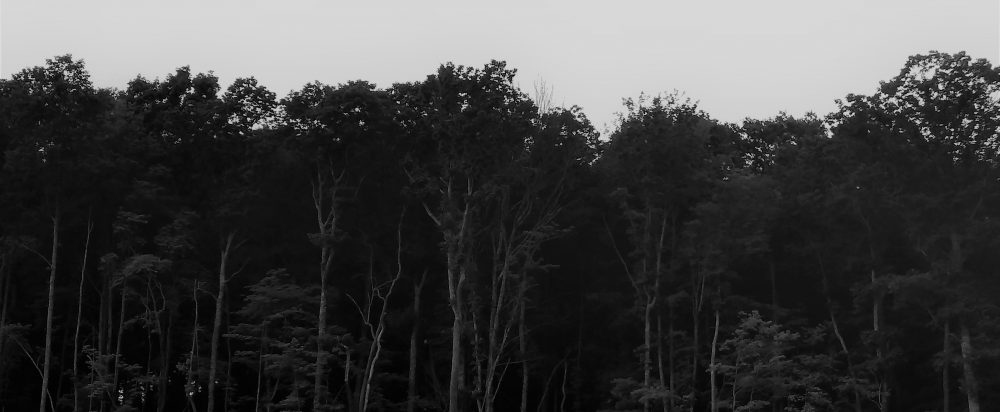
Lake Jocassee, SC
To truly know the world, look deeply within your own being; to truly know yourself, take real interest in the world. — Rudolf Steiner
I’ve been fascinated by diving for about a year now, but never thought I’d actually want to do it myself. That’s changed now. I really want to try it. I feel like it would be great for my confidence and open doors to new adventures, making life more interesting.
Today I visited a SCUBA diving shop that I’ve always passed on my way to work and never really paid attention to before. The store was filled with customers, but the man inside, David K, who happened to be the owner, greeted me as if he’d been waiting for me. We talked for about 20 minutes or longer. The store doesn’t just sell diving gear, they also offer PADI (the worldwide SCUBA diving organization)training classes, which are held on the weekends. They’re not cheap, but not as expensive as I had feared either. I may be able to afford them next year, after tax time. I have some money stashed away, but I really don’t want to touch that, in case of an emergency.
David seemed eager to have me in one of his classes. I was afraid my age might be a factor, but it isn’t. He says he’s had students up to their 70s and even 80s. He offers group or individual classes, but I’d probably opt for the cheaper group classes, which are small (about 8 people). The course is in three phases: classroom learning and quizzes (you get a book, like in school); practical training in the deep end of a swimming pool at David’s home; and finally, open water experience at Lake Jocassee in northwestern South Carolina (at the base of the Blue Ridge Mountains) which has exceptionally clear waters (visibility is high; it’s not dark and murky like most lakes). It’s also exceptionally deep in the middle, at over 300 feet at its deepest, but of course we wouldn’t be diving that deep, since this is a beginning class. We’d only go to about 25 feet for PADI certification (after passing this part of the training, you get your PADI certificate, which qualifies you to dive up to 130 feet at any diving site, not that I’d EVER go that deep!).
I’m really pumped. I’ve decided I’m definitely doing this. I NEED to do this. I feel like I was called to this because it’s something God wants me to do. I have many fears. I always have. Because of my PTSD and general temperament, I spend a lot of time being fearful or apprehensive of things, and although I’m crazily attracted and curious about deep water and its mysteries, it also scares me (thalassophobia — fear of deep water — is probably a healthy fear). I feel like overcoming my apprehension will change my life and make me less fearful in general. I actually told David this, and he didn’t laugh at me or look at me like I was crazy. Instead, he told me the story of one of his students, a veteran who was suffering from PTSD. Taking the class helped him overcome his fears to the point that when he passed the open water test, he burst into tears of gratitude and joy, and is now working on getting advanced certification for divers who want to go deeper than 130 feet.
I’ve never been in water deeper than 12 feet,and that was in a swimming pool. I’ve never wanted to touch the bottom of the deep end of a swimming pool, because being down that deep just seems spooky to me, but I have no fear of being in deep water and I can tread water for hours. I even taught my children to tread water when they were very young, just three and five. They used water wings at first. Within a month, both could play in the deep part of a swimming pool without any kiddie contrivances (with supervision of course). As for the ocean, as much as I love it, I have never waded out where my head was not above water.
I can’t end this article without including the story of Lake Jocassee. I’d never heard of it until David told me about it yesterday, and its history is fascinating. Jocassee is a large manmade lake nestled in a mountain valley, and it didn’t exist until 1973. It was formed by merging four rivers that used to converge in the Jocassee valley, for the purpose of providing a reservoir for Duke Energy. The town that was in that valley was evacuated before it was flooded, and all its buildings — including a graveyard! — are still there at the deepest part of the lake (almost 350 feet of water covers the town). Oh, and it turns out parts of the movie Deliverance was filmed in the old town before it was flooded!
Advanced divers regularly explore the submerged buildings and the graveyard. Every Halloween, there is even a special graveyard dive (you’ll never get me to go on that!). I read a story about a woman whose childhood home was discovered by divers and was astonished to find out her house was still mostly intact, although now lying on its side. She has become close friends with the divers who found her home. She says they have been the kindest and most compassionate people she ever met. She can barely talk about their respect for her childhood home without choking up.
Here is a video showing divers exploring some of the town’s artifacts.

